THE SHADOW ARMY – CONSTANTLY IN MOTION

The human body is a powerful mechanism for the most important life processes. Staying fit and active, and keeping the body in good condition has been a guarantee for survival for many hundreds of thousands of years, as well as the foundation for the development of the human race.
Just as the condition of the body is important for people, an organisation involved in production or services has to keep its warehouses moving constantly and in impeccable condition. The warehouse is where the most important business processes take place. It is here that the most essential ‘life processes’ of the organisation are carried out, defining the essence of the business’ existence. It is the two strategic facility and maintenance teams that are responsible for keeping it in excellent condition. They are like an army, for which every technical fault becomes an enemy and the benevolent mission of defence dictates that they do everything to ensure the continuity of victory.

In a previous article, we compared the management of the logistics department’s processes to the rules of a game of tetris, requiring the participant to react and decide quickly, efficiently and effectively to situations that arise in the market. “I specifically allude to this comparison because I would like to point out that this tetris is embedded in a certain ‘box’ with a specific frame, which is the foundation and main area where the events take place. It is we, i.e. the facilities and maintenance department, who create this box, which provides a planned, organised and stable space for all kinds of activities. Our task is to contribute to the company’s strategic objectives by aligning resources with increased production” – says Krystian Engler, Technical Director (PL).
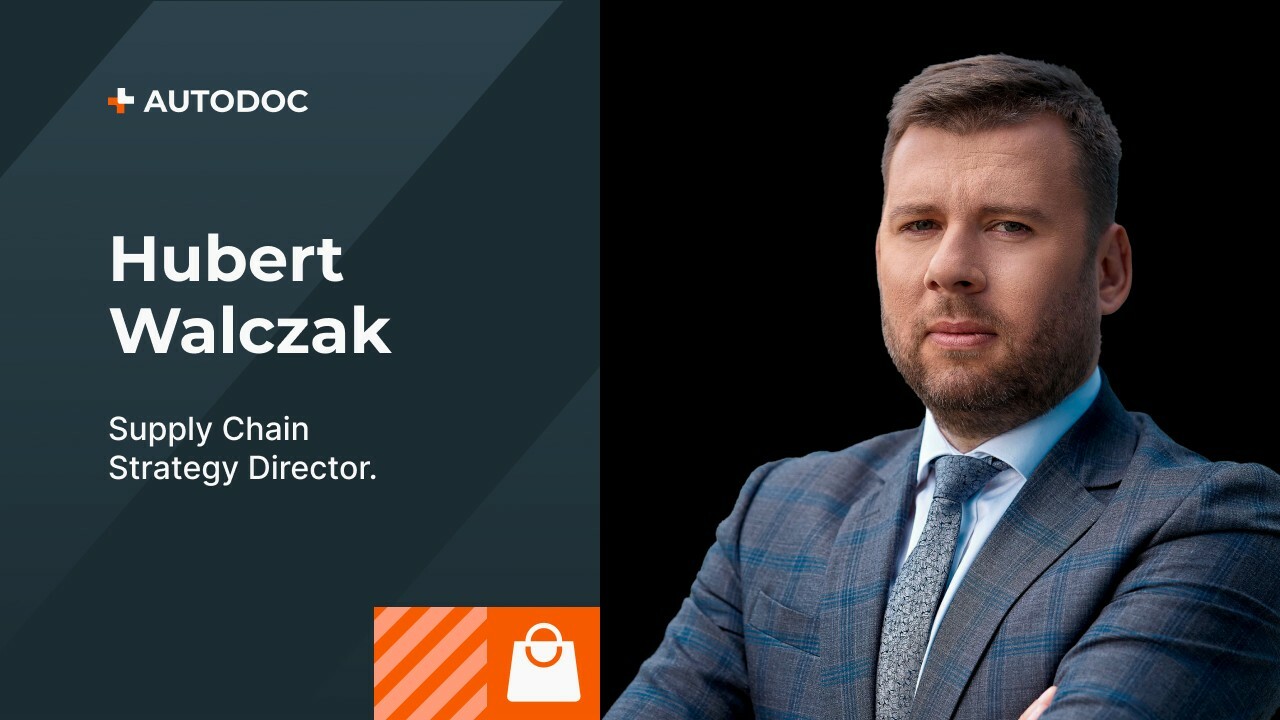
“Why have we called the maintenance department the shadow army? Because they work ‘in the background’ of core processes and departments. When their work is completed to the highest standard, everything runs smoothly and perfectly, and, in the long run, it may appear falsely that they are unnecessary. Nothing could be further from the truth! I see a certain analogy with Chinese medicine doctors, who were only paid when a person remained healthy. Isn’t that a beautiful principle? It is the same with the maintenance department. When everything is working and “seemingly nothing happens”, it means that we have a great team providing us with the highest quality of work. The quality of the maintenance department is therefore measured by the absence of emergencies, attention to TCT (Total Cycle Time) reduction, and the implementation of a predictive strategy” – says Hubert Walczak, Supply Chain Strategy Director.
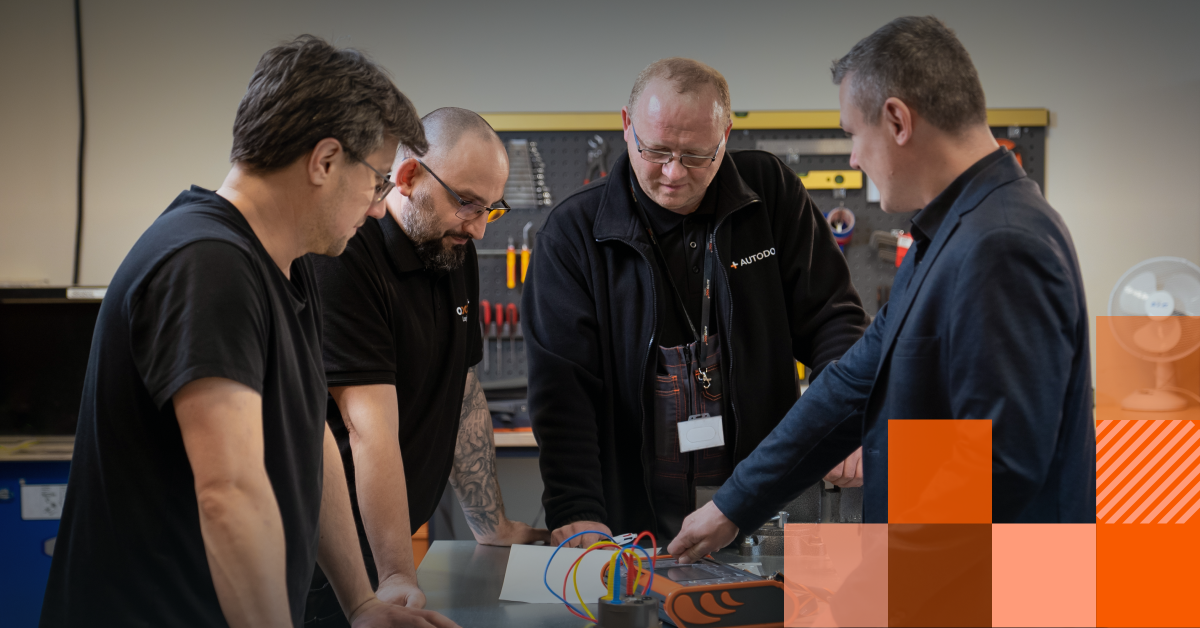
MAINTENANCE
The main task of the maintenance department is to ensure the continuity of the logistical processes taking place in the warehouses using automation, machinery, and other tools.
Nowadays, maintenance involves more than just troubleshooting, maintenance, and the inspection of machines and equipment. Above all, it ensures the readiness to work at a high level and the smooth execution of production orders. It is also the responsibility of those in charge of maintenance to create and implement a maintenance strategy.
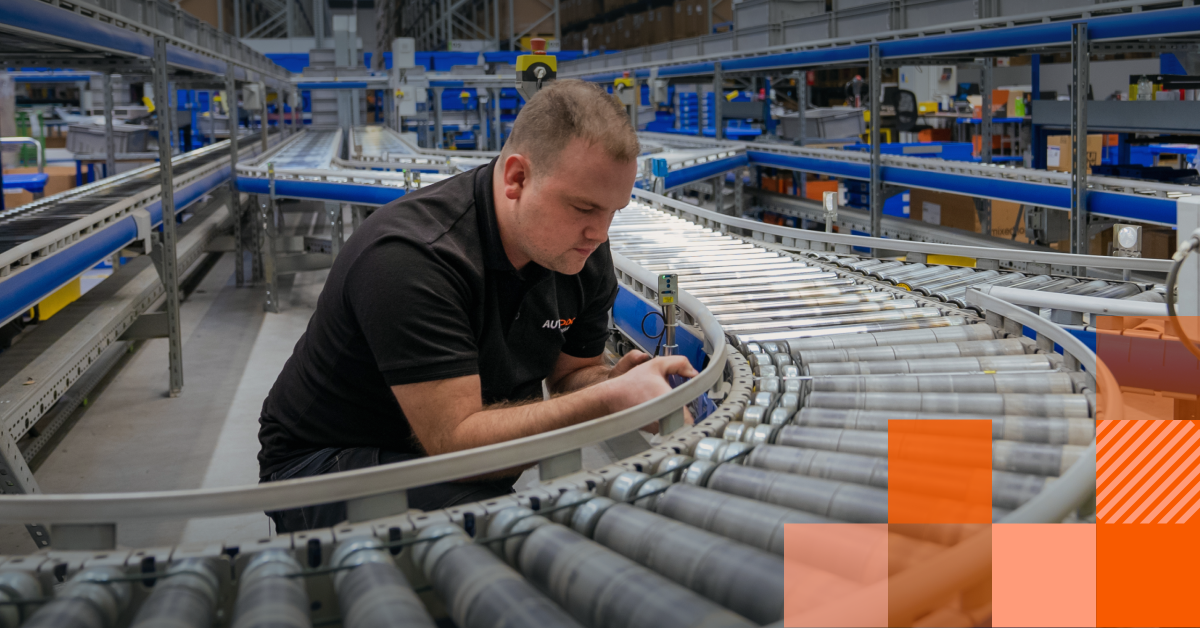
The maintenance department is one of the most important departments in our company. Why do we think so? When equipment and automated processes break down, it can cause huge financial losses and downtime, in some cases for hundreds of employees. Every hour that the warehouse is out of operation means hundreds of thousands of euros in losses and damage to a firm’s reputation caused by delays in deliveries to customers.

“Unplanned downtime requires the replacement of parts or even the modification of an entire process, so the department must be on constant alert, as well as strategically and technically prepared for various emergency situations. The efficiency and quality of service in this department therefore has a direct impact on the efficiency and performance of all our warehouses. However, the most important strategy for the Maintenance Department is prevention, rather than taking reactive measures. “It is better to invest money and time in planned maintenance than to bear the gigantic costs of breakdowns and stress of the employees,” – says Krzysztof Wiśniewski, Leader of the Maintenance Department.
The department works in two shifts, adapting to the working hours of the warehouses. Upon arrival at work, each employee follows the procedure for taking over the duties from their predecessor on the previous shift. Knowing the current situation of the department is crucial for the daily work of the team and for the safety of all warehouse employees and the automation system. Every member of the team must be fully aware of what is happening in the warehouse. Efficient communication is therefore crucial.
All the activities of the maintenance staff are regulated by a system of mandatory procedures, ensuring the highest quality of task execution. They are based on the ISO 9001 standard.
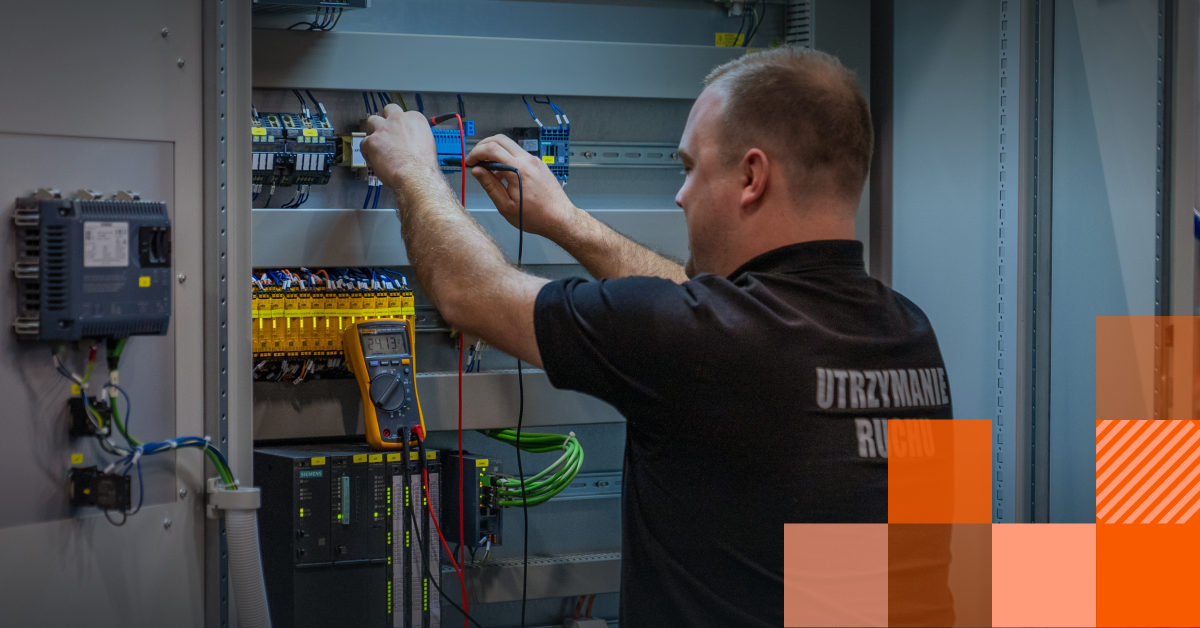
A worker employed as a maintenance technician is part of a larger team. They therefore have to cooperate with other specialists. Due to the nature of their duties, they perform them on a stationary basis. It is worth bearing in mind that they combine tasks typically associated with physical work (working directly with machines) and office work (creating documents and reports).
WHAT IS IT LIKE TO WORK IN THE MAINTENANCE DEPARTMENT?
On the one hand, there are the routine, labour-intensive, day-to-day tasks that are part of preventive processes. However, at the same time, employees must be prepared to work under time pressure and high stress. The main duties of the employees in this department include: replacing automation rollers, sensors, gear motors, and drive belts, adjusting sensors and scanners, removing blockages on conveyors, lubricating bearings, and directly cooperating with automation suppliers.
“I very much appreciate the trust I have been given by the AUTODOC managers, who have always been very respectful of my experience. I have never been made to feel too pressured or controlled in my work. Instead, I have always been treated like a partner and given confidence in my abilities. This is what gives me wings and the space to create a vision of goals in line with the art of my profession. This is the first company where I have encountered a consultative management style in which professional relationships are based on mutual understanding and respect.” – says Krzysztof Wiśniewski, Leader of the Maintenance Department.
The maintenance department also manages a virtual stock of spare parts, which reflects the real stock of components that are on standby for use in emergencies and are necessary to ensure stock maintenance. Currently, this warehouse has about 700 items. The team also has thermographic cameras that help to locate places where friction and overheating of automation components occurs, and areas which could be potential failure points.
FACILITY MANAGEMENT

Facility management consists of managing all storage facilities, the equipment inside, and the infrastructure that makes up the facilities.
The functions of this department are highly interdisciplinary, and its competences are very much linked to the ability to act within the whole organisation and not only to manage the affairs of a subordinate team of employees monitoring warehouse facilities.

We treat our work as a kind of mission. We are aware that the smooth operation of all the elements of the technical infrastructure of warehouses, the continuity of processes, and the safety of other people depend on us every day. Our primary concern is always the health, safety, and comfort of facility users. The timely maintenance of all systems and installations is extremely important for the well-being of the building’s occupants,” says Michał Kieruczenko, Facility Manager.

The most interesting thing about our work is that our duties are interdisciplinary. You need to have knowledge and skills from many different specialisations, including electrics, carpentry, plumbing, lock maintenance, alarm systems, fire systems, controls, etc. Every working day is surprising and interesting. Boredom is something that kills my initiative, and it is definitely interesting here. I also have a space in which I can realise and fulfil my potential. I also really appreciate the exchange of knowledge within our diverse team. We often have situations where, just like in a real army, we have to rely on our partners. We have to have confidence in each other and in each other’s abilities. This is an invaluable value. We are very supportive of each other. This is not the case in every company – says Kamil Chwałek, Facility Maintenance Technician.
Modern commercial real estate requires the facility management department to coordinate many processes. Its task is not only to keep the infrastructure in working order, but also to improve quality and plan technical solutions that will ultimately increase the efficiency of the business.

WHAT IS FACILITY MANAGEMENT RESPONSIBLE FOR?
– Securing the conditions that make work possible, e.g. electricity, lighting, water, gas
– Maintaining the technical efficiency and safety of workplaces
– Inspecting gates, ladders, forklifts, high-bay shelves, mezzanines, and ventilation or air conditioning systems
– Overseeing building inspections for construction and other sectors
– Participating in technical projects, e.g. construction or alteration of warehouses
– Preparing the forklift operators for their work (carrying out general and on-the-job training and prevention (health and safety) procedures).

“The most significant phenomenon that occurs in our organisational structures is the absence of inflexible, bare-bones protocols and the shortened distance between the employees and management. This definitely improves communication and brings it to a higher level, while at the same time making the work atmosphere more familiar and light-hearted. This increases the efficiency of the entire team as each employee feels directly responsible for their tasks. The work is challenging and sometimes requires us to react quickly, but because everyone in the team is in tune with each other and we get along very well, our cooperation produces great results” – says Sebastian Ligęza, Building Maintenance Team Lead.
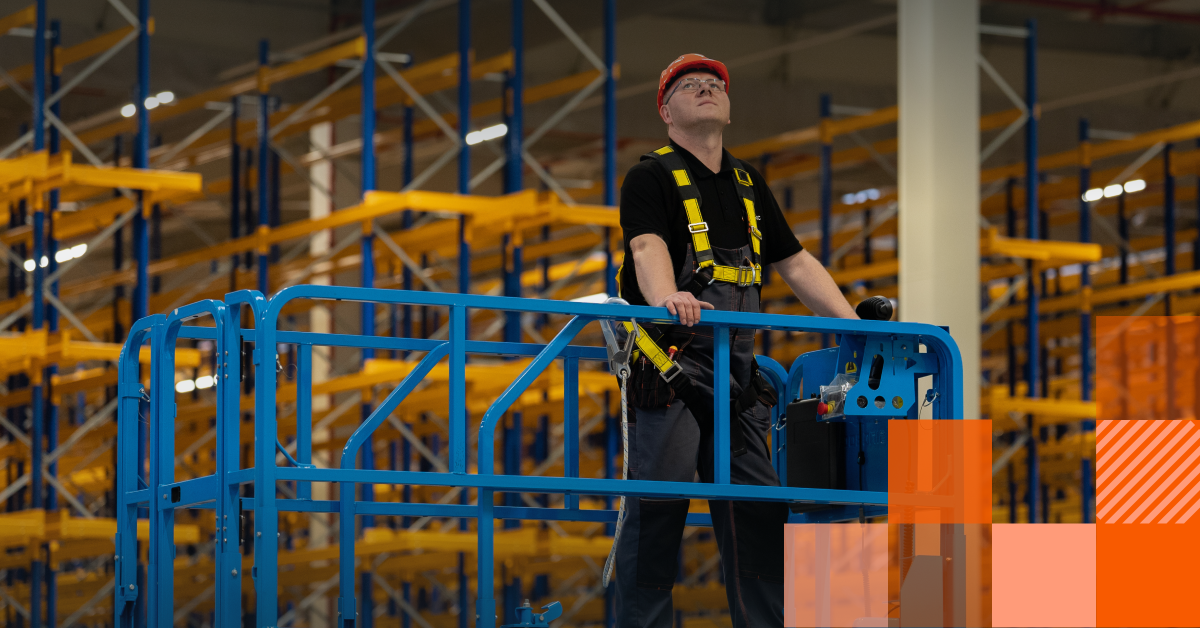
From the facility management’s point of view, timely maintenance has a key impact on the economical and trouble-free operation of the organisation, which helps prevent downtime in facilities. In turn, this has a direct impact on the employees’ comfort at work, extends the life of the equipment, and reduces losses associated with closed warehouse spaces. A properly maintained technical infrastructure has a direct impact on the health and safety of people working at AUTODOC locations.
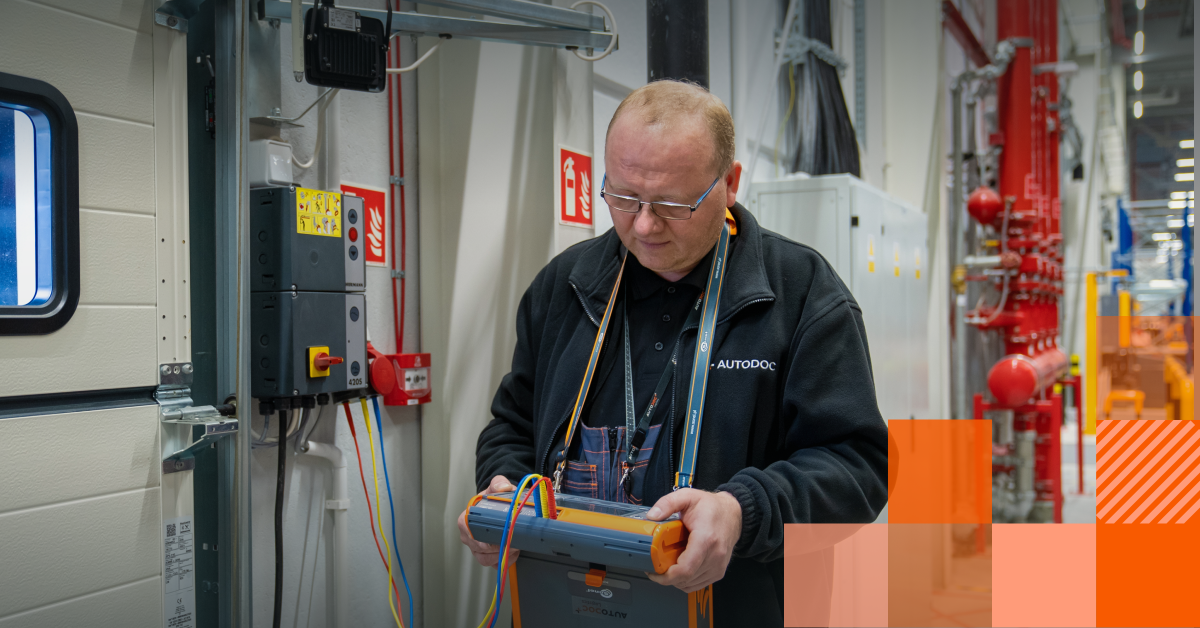
Maintenance and facility staff are exceptional professionals. Every day, they look after a whole portfolio of various machines and equipment, as well as infrastructure. They have to prepare and implement advanced plans on a daily basis and, at the same time, like a real army, care for the safety and condition of the employees and areas they are responsible for. They communicate with a number of stakeholders in and around the organisation. They are also partners of the production department, which requires constant availability and support. They have to stay on top of technical innovations and keep an open mind for corrections, changes and optimisation. Undoubtedly, they are the glue that binds together the high demands of the market with the supply of high-quality technical skills from within the organisation.
We hope that with this article we have been able to clarify and present the processes and responsibilities in which our employees from the maintenance and facilities departments are involved, and which are fundamental to the operation of our warehouses. The next article will be devoted to issues related to supply chain management.

Related stories

From Love To Hate And Back Again. Who Data Engineers Are And How To Become One
First steps and typical problems you are likely to face in your journey to becoming a data engineer First of all, you need to understand the role ...

People Help People Initiative
AUTODOC’s culture is built on the values of its employees. Once again, we have seen how responsive and kind the people who work for our company are.
